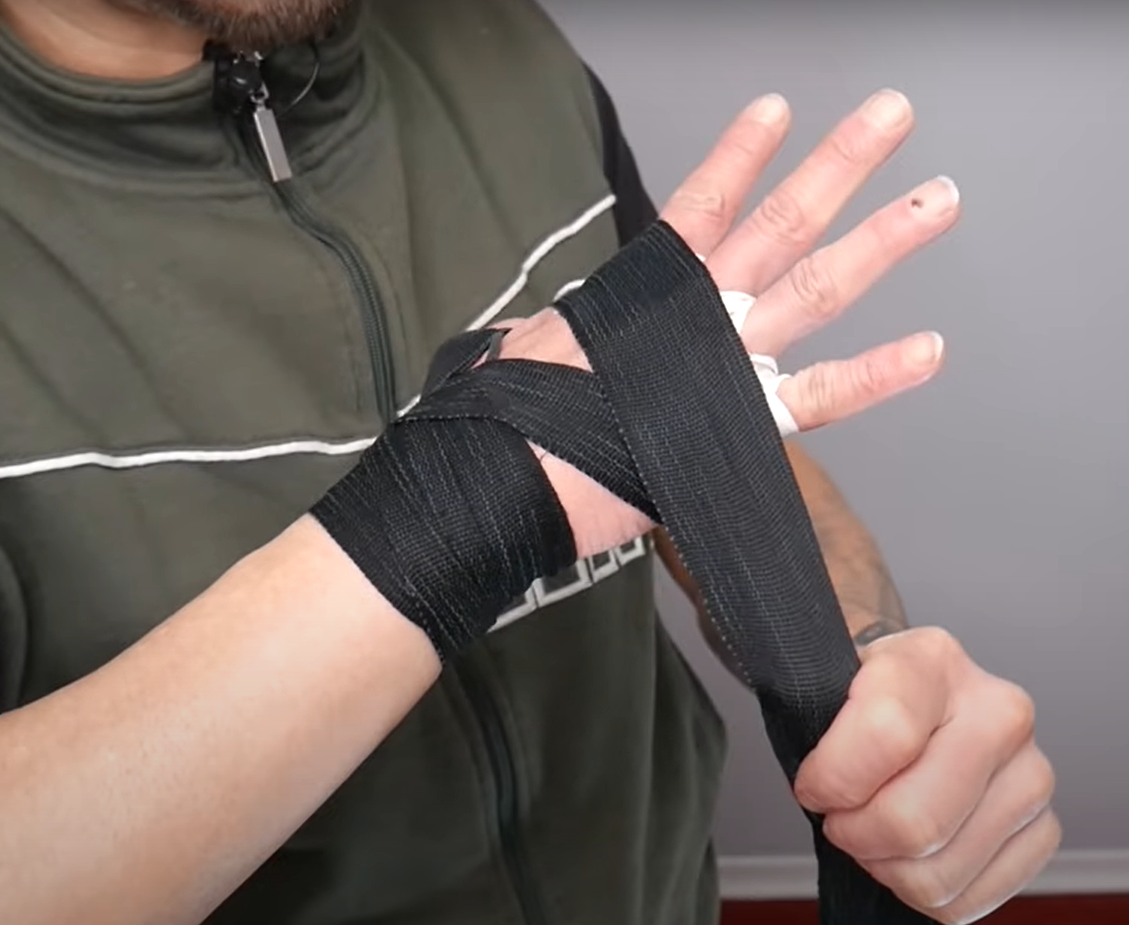When it comes to boxing, your hands are your most important asset. Properly wrapping your hands is essential for protecting them from injury, supporting your wrists, and ensuring they last throughout your training and fighting career. In this guide, we’ll break down how to wrap hands for boxing, highlighting key tips to keep them safe and strong.
Why to Wrap Hands for Boxing
Boxing involves repeated impact on your hands, and without proper protection, you risk damaging your bones, tendons, and wrists. Whether you’re hitting the heavy bag, sparring, or competing, wrapping your hands gives you added support. This not only stabilizes your wrist joints but also ensures that your knuckles are padded, reducing the risk of cuts and bruises.
Step-by-Step Process on How to Wrap Your Hands for Boxing
- Prepare the Wrap
Start by unrolling your hand wraps and finding the loop. Most boxing wraps come with a thumb loop at the beginning. Slip your thumb through this loop, ensuring the wrap is positioned flat and untwisted. - Start at the Wrist
Begin wrapping around your wrist. This is where you want to create a stable base of support, especially if you have weaker wrists. Wrap around the wrist two to three times, depending on how much support you want. This ensures that your wrist stays firm during punches. - Move to the Knuckles
After stabilizing the wrist, bring the wrap across the back of your hand and begin wrapping over your knuckles. This padding is essential for protecting your knuckles from injury during hard punches. Again, wrap two to three times here for optimal protection. - Wrap Between the Fingers
For added support, you’ll want to wrap between your fingers. This prevents the wrap from sliding around during training and gives more structure to your hand. Start by bringing the wrap between your pinky and ring finger, then move across the other gaps between your fingers. - Return to the Knuckles
After wrapping between your fingers, return to your knuckles to secure the area once more. A solid knuckle wrap reduces the impact force, minimizing the chance of injury. - Secure the Thumb
The thumb is often overlooked, but it is crucial to wrap it for protection. Bring the wrap over the thumb, circling it once or twice, ensuring it is secure and supported. - Finish at the Wrist
Finally, return to the wrist, where you’ll finish the wrap. Most wraps have a Velcro closure that allows you to secure the end of the wrap tightly. Make sure the wrap isn’t too tight to cut off circulation but firm enough to provide support.
Tips on How to Wrap Hands for Boxing
- Don’t wrap too tight: Wrapping your hands too tightly can restrict blood flow, causing discomfort and potentially leading to injury.
- Use enough length: Ensure you have wraps that are at least 180 inches long. This length is ideal for providing adequate protection to your wrists and knuckles.
- Check your wraps during training: If the wraps start feeling loose or uncomfortable, take a break to readjust them. Proper wrapping is essential for preventing injuries.
Additional Hand Care Tips
Wrapping your hands correctly is just one part of protecting them in boxing. It’s also essential to maintain good hand care habits. Make sure to stretch your hands and wrists after each training session, and use ice if you feel any soreness. Regularly inspect your wraps for wear and tear—old or torn wraps won’t provide adequate protection and should be replaced promptly.
About the Author: Jason Van Veldhuysen
Jason Van Veldhuysen has been coaching boxing for the past 20 years and has been an online boxing coach for the past 15 years. He is the founder of the Precision Striking Youtube Channel (over 1 million subscribers), as well as the founder of the Precision Striking Membership, an exclusive program that helps fighters train to their highest levels while refining their boxing skills and technique. With years of experience as an amateur boxer and a passion for teaching, Jason specializes in footwork, combinations, and drills that elevate a boxer’s overall game. Known for his clear and practical training methods, Jason has helped boxers at all levels—from beginners to competitive fighters—reach their full potential.

